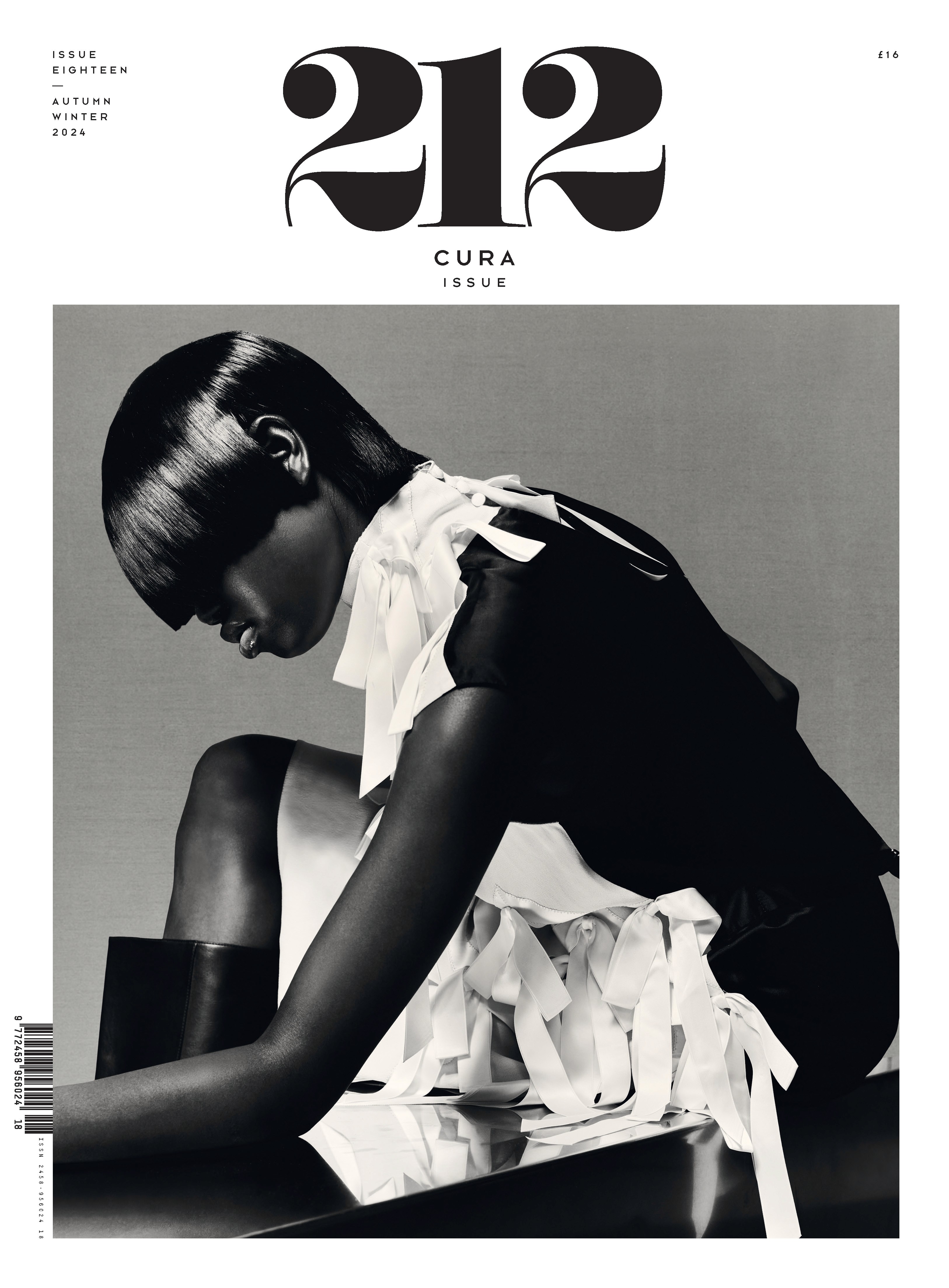

If asked to use canvas as a medium to express the fears and anxieties that paralyse our minds, would we come close to the universe created by Monica Rohan?
ARTWORKS BY MONICA ROHAN TEXT BY BEGÜM EROL
Australian artist, Monica Rohan, uses the chaos from her daily routine, her social anxiety and everything else that causes her to worry, in the form of a recurring display of patterns, colours and light, in her art. She accepts that life can be messy and tackles her concerns with warmth.

Rohan first found inspiration to become an artist in Édouard Vuillard’s Interior, Mother and Sister of the Artist, from 1893 – depicting two female figures, one seated in the centre and the other pressing herself awkwardly against the wall, almost disintegrating into the wallpaper. Her patterns bear traces of the enchanting rural landscape of southeast Queensland and 19th century books. The stories in those books latently find their way into her work, which pursues the moments where reality and imagination intersect. Praised by Virginia Woolf for her poignant emotional narrative, Charlotte Brontë’s Villette is one of those books Rohan still cherishes.
Reflecting on her connection with nature, the Disappearing Act series refers to the role of paintings in how we experience landscapes, to reveal the artist’s anxieties and concerns about the lands under threat. Disembodied hands slowly draw back the suspended patterned curtains, inviting the viewer to a heavenly scenery, laden with uncertainty, that shifts between despair and serenity.
If asked to use canvas as a medium to express the fears and anxieties that paralyse our minds, would we come close to the universe created by Monica Rohan?
ARTWORKS BY MONICA ROHAN TEXT BY BEGÜM EROL
Australian artist, Monica Rohan, uses the chaos from her daily routine, her social anxiety and everything else that causes her to worry, in the form of a recurring display of patterns, colours and light, in her art. She accepts that life can be messy and tackles her concerns with warmth.

Rohan first found inspiration to become an artist in Édouard Vuillard’s Interior, Mother and Sister of the Artist, from 1893 – depicting two female figures, one seated in the centre and the other pressing herself awkwardly against the wall, almost disintegrating into the wallpaper. Her patterns bear traces of the enchanting rural landscape of southeast Queensland and 19th century books. The stories in those books latently find their way into her work, which pursues the moments where reality and imagination intersect. Praised by Virginia Woolf for her poignant emotional narrative, Charlotte Brontë’s Villette is one of those books Rohan still cherishes.
Reflecting on her connection with nature, the Disappearing Act series refers to the role of paintings in how we experience landscapes, to reveal the artist’s anxieties and concerns about the lands under threat. Disembodied hands slowly draw back the suspended patterned curtains, inviting the viewer to a heavenly scenery, laden with uncertainty, that shifts between despair and serenity.
If asked to use canvas as a medium to express the fears and anxieties that paralyse our minds, would we come close to the universe created by Monica Rohan?
ARTWORKS BY MONICA ROHAN TEXT BY BEGÜM EROL
Australian artist, Monica Rohan, uses the chaos from her daily routine, her social anxiety and everything else that causes her to worry, in the form of a recurring display of patterns, colours and light, in her art. She accepts that life can be messy and tackles her concerns with warmth.

Rohan first found inspiration to become an artist in Édouard Vuillard’s Interior, Mother and Sister of the Artist, from 1893 – depicting two female figures, one seated in the centre and the other pressing herself awkwardly against the wall, almost disintegrating into the wallpaper. Her patterns bear traces of the enchanting rural landscape of southeast Queensland and 19th century books. The stories in those books latently find their way into her work, which pursues the moments where reality and imagination intersect. Praised by Virginia Woolf for her poignant emotional narrative, Charlotte Brontë’s Villette is one of those books Rohan still cherishes.
Reflecting on her connection with nature, the Disappearing Act series refers to the role of paintings in how we experience landscapes, to reveal the artist’s anxieties and concerns about the lands under threat. Disembodied hands slowly draw back the suspended patterned curtains, inviting the viewer to a heavenly scenery, laden with uncertainty, that shifts between despair and serenity.

is a large format international biannual magazine from Istanbul. Focusing on arts, culture and society, each issue tackles various universal subjects within a distinct theme.
Address
Karaköy Tarihi Un Değirmeni Binası, Kemankeş Mahallesi, Ali Paşa Değirmen Sokak 16, 34425, Karaköy Istanbul, Turkey
+90 212 232 4288
contact@212magazine.com

is a large format international biannual magazine from Istanbul. Focusing on arts, culture and society, each issue tackles various universal subjects within a distinct theme.
Address
Karaköy Tarihi Un Değirmeni Binası, Kemankeş Mahallesi, Ali Paşa Değirmen Sokak 16, 34425, Karaköy Istanbul, Turkey
+90 212 232 4288
contact@212magazine.com

is a large format international biannual magazine from Istanbul. Focusing on arts, culture and society, each issue tackles various universal subjects within a distinct theme.
Address
Karaköy Tarihi Un Değirmeni Binası, Kemankeş Mahallesi, Ali Paşa Değirmen Sokak 16, 34425, Karaköy Istanbul, Turkey
+90 212 232 4288
contact@212magazine.com

